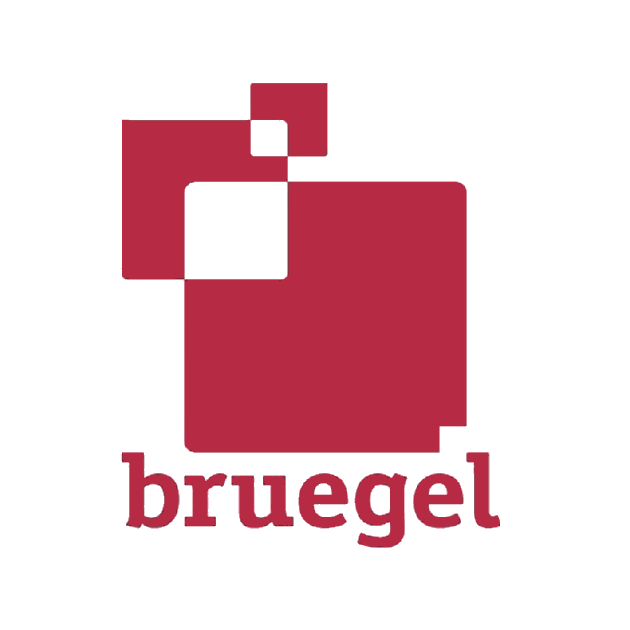How New Brunswick implemented its computer science education program

Computer science (CS) education helps students acquire skills such as computational thinking, problem-solving, and collaboration, among others. It has been linked with higher rates of college enrollment, and (Brown & Brown, 2020; Salehi et al., 2020) a recent randomized control trial study also showed that lessons in computational thinking improved student response inhibition, planning, and coding skills (Arfé et., 2020). As these skills take pre-eminence in the rapidly changing 21st century, CS education promises to significantly enhance student preparedness for the future of work and active citizenship. CS education can also reduce skills inequality if education systems make a concerted effort to ensure that all students have equitable access to curricula that provides them with the needed breadth of skills, regardless of their gender, ethnicity, or socioeconomic status.
Based on prior analysis and expert consultation, we selected 11 country, state, and provincial CS education case studies from which we can draw lessons that may apply broadly to other education systems. These cases come from diverse global regions and circumstances and have implemented CS education programs for various periods and to different levels of success. As such, we have examined information to extract lessons that can lead to successful implementation.
This study will examine how New Brunswick seeks to improve and expand its CS education activities to train a future workforce that can thrive during economic transition and support the Canadian province’s budding technology sector. The Department of Education and Early Childhood Development (DEECD) and various stakeholder organizations aim to give all students the opportunity to learn CS and apply their lessons in a creative and collaborative environment.
An overview of CS education in New Brunswick
New Brunswick’s education system placed an early emphasis on CS for a period in the 1970s and 1980s that dissipated in the next decade. Then, in the early 2000s, the DEECD decided to refocus its curriculum on STEM (science, technology, engineering, and mathematics) subjects, including information and communications technology. This brought the necessary infrastructure and knowledge of digital technologies into schools that would later set the stage for mandatory CS courses in 2017.
The DEECD faced the challenge of rolling out CS education for students of two distinct language groups. Primary school teachers in the anglophone sector were encouraged to incorporate CS and computational thinking as interdisciplinary subjects, while the francophone sector had no requirement to offer either subject in primary schools. All lower-secondary school students, whether English- or French-speaking, take CS courses that emphasize programming skills. Further, both language systems offer more advanced CS courses in upper secondary school as electives.
Organizations, such as Brilliant Labs and the national flagship coding initiative CanCode, familiarize K-12 students with CS through classroom and after-school activities. This enables students to apply their CS lessons during hands-on classroom lessons.
Lessons Learned
CS education should be delivered to both the anglophone and the francophone education systems as the DEECD attempts to meet the needs of students in each language group.
CS activities encourage students to find creative and practical uses of digital technologies that can spark an interest in CS. In particular, makerspaces—customizable learning spaces that allow students to develop their own projects—have created an interactive and collaborative environment that have produced positive learning outcomes.
The DEECD works closely with NGO partners, leaning on their resources to engage students. This includes providing after-school programs, summer camps, and even activities with CS integrated as an interdisciplinary subject.
Teachers can use communities of practice to share information about helping students from different backgrounds learn about CS.
Read the full case study > >
Related Content
Overdraft fees are big money for small banks

Once upon a time, if you tried swiping your debit card to buy something and your bank account was empty what happened was simple: Nothing. The register denied your payment. This happened all the time, particularly to Americans living paycheck-to-paycheck.
Then banks figured out that they could cover the overdraft for their customers with little risk and charge quite a lot for the service. It is hard for people to keep track of just how much is in their bank account, particularly since deposits including direct deposits can take days to post to the account.
Overdraft fees can be high, often $35, sometimes charged for each swipe of your debit card when you are out of money. This fee has become big money for banks, generating more than $31 billion in revenues in 2020. It has also become a major cost for tens of millions of families: One out of eleven Americans spends $350 or more a year in overdraft fees. Overdraft is one of many reasons why it is expensive to be poor in America.
Overdrafts are bigger business for some banks than others. JPMorgan Chase collected the most of any bank, more than $2 billion in 2019, which works out to more than $35 in overdraft fees per account. Sen. Elizabeth Warren (D-Mass.) called JPMorgan Chase CEO Jamie Dimon “star of the overdraft show” at a recent Senate hearing. Even when compared to other big banks, JPMorgan Chase earns a lot more in overdraft; Citibank, by contrast, averaged just over $5 per account.
But stopping the analysis with the largest banks misses an important reality: A handful of smaller banks are the true overdraft giants.
Read the rest of this article in Politico, published on June 24, 2021.
CAMEROON: What happens if Biya dies?

Become a member to read the rest of this article Username or E-mail Password Remember Me Forgot Password
UK banks in international markets

Implications of UK-euro area divergence in regulation and supervisory practice
PHILIPPINES: With Aquino’s death, Duterte’s populism loses a target

Become a member to read the rest of this article
Price discrimination and mortgage choice

Bank of England Working Papers by Jamie Coen, Anil Kashyap and May Rostom
Identifying the transmission channels of credit supply shocks to household debt: price and non-price effects

Bank of England Working Papers by Alexandra Varadi
